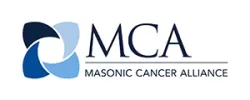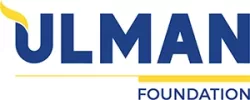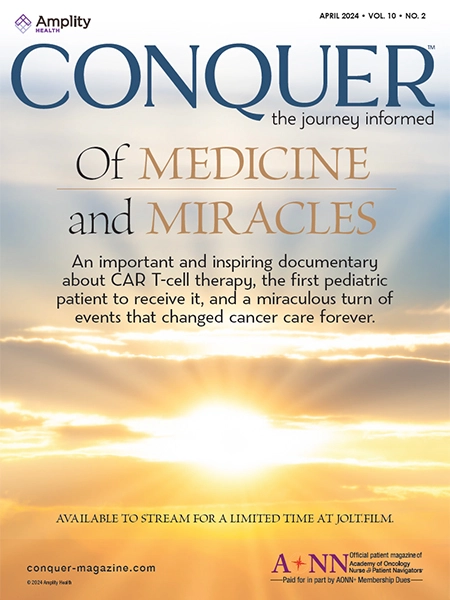Articles & White Papers
Communicating Evidence-Based Research Results to Patients with Cancer
As part of our responsibility as navigators, we are expected to not just know the standards of care but also remain up to date on cutting-edge research that has recently been published. We are also confronted with patients or their loved ones who have spent hours on the Internet visiting many websites—some credible academic websites and others bogus websites that may look credible but aren’t—and they assume that any new research found on the Internet related to the type of cancer they have or even in a magazine for that matter is valid and is suddenly the new standard of care.
How Young Is Too Young to Begin Promoting Cancer Prevention?
We all do a lot of community outreach in our own geographic area. Commonly, the focus is on cancers that are preventable or can be effectively treated through early detection. Breast, colorectal, melanoma, and lungs cancers are good examples. With the new human papilloma virus (HPV) vaccine available to prevent cervical cancer among young women, we have an opportunity to push the envelope a bit and consider jump-starting education about overall cancer affecting young people.
Incorporating Life Goals into Treatment Planning and Treatment Goals
Commonly, when someone hears the words “you have cancer,” their mind can focus on nothing else. The world promptly begins to spin out of control. They are no longer thinking about what was on their to-do list today, or this week, or this month for that matter.
Oncology Family Caregivers—Who Is Taking Care of These Family Members During and Following Their Loved One’s Cancer Treatment?
It would be very unusual for a cancer patient to go through diagnosis and treatment without a loved one by their side. This loved one is usually a family member who is serving in the role of caregiver and likely has never been involved in supporting and taking care of someone with cancer before. They accompany the patient to consultations, surgery, chemo, and other treatment sessions. They are instructed by oncology providers what to do for their loved one after each of these visits and between doctors’ visits. What they aren’t provided very often is support for themselves.
Cookies for Chemotherapy Patients: Is there some evidence behind the practice?
Chemotherapy-induced nausea and vomiting (CINV) is an unwanted side-effect of many chemotherapy drug treatments today. Complementary or alternative therapies, such as ginger, used in conjunction with other anti-emetic drugs have been shown to be promising in the battle to reduce nausea associated with chemotherapy treatment.
Educating and Supporting Breast Cancer Patients in Making Decisions about Treatment
There are various points along the journey that we, as nurse navigators, need to be at the side of our patients when critical treatment decisions are being made. This is something that you do every day, and are more than familiar with regarding your role in education and support as it relates to this type of decision making.
Supporting and Empowering Breast Cancer Patients to Have No Treatment Regrets Years Later
Commonly when a breast cancer nurse navigator is educating and supporting a patient, the time period is focused on the point of diagnosis through their acute treatment. How do we really know if the patients, now as survivors, believe the right decisions were made regarding treatment options? How do we know they felt the decisions were made with their active input? Were they confident in their choices?
Value of National Comprehensive Cancer Network Guidelines
As nurse navigators, we rely on the National Comprehensive Cancer Network (NCCN) Guidelines to help us direct patients to optimal treatment. A recent use of the guidelines by Memorial Sloan-Kettering Cancer Center (MSKCC) supported the institution on a decision to NOT offer the latest drug for advanced colorectal cancer.
Navigating the Underserved and Minority Breast Cancer Patients— Challenges and Solutions
When we are discussing minorities, we are usually referring to African American, Hispanic/Latino, and the American Indian/Alaska Natives in our society. In addition, underserved women are those who have a decreased income and socioeconomic status, lower education levels, commonly lack health insurance, and have limited access to healthcare in general. These patient populations are particularly challenging when facing the diagnosis and treatment of breast cancer.
Medical Homes
Pick up an oncology journal, attend national meetings…one will hear the term medical home. No, it is not a physical place for medical staff to retire and enjoy the golden years. It is a model of care that is “valued based”. Payers, insurance companies, are sending the message to the oncology world that the high cost of cancer care must be addressed.
Thank You to Our Corporate Sponsors and Alliance Partners!
-

Major Corporate Sponsor
-

Patron Corporate Sponsor
-

Patron Corporate Sponsor
-

Patron Corporate Sponsor
-

Industry Relations
Council Member -

Industry Relations
Council Member -

Industry Relations
Council Member -

National Alliance Partner
-

National Alliance Partner
-

National Alliance Partner
-

National Alliance Partner
Privacy Notice | Terms of Use
© 2009- DBA AONN+ Academy of Oncology Nurse & Patient Navigators® | PO Box 563, Cranbury, NJ 08512 |
AONN+ DBA AONN+ is a 501(c)(6) organization under federal tax guidelines. AONN+ Foundation for Learning, Inc. a 501(c)(3) organization under federal tax guidelines.
AONN+ Advantage, LLC, a wholly owned subsidiary of AONN+.


